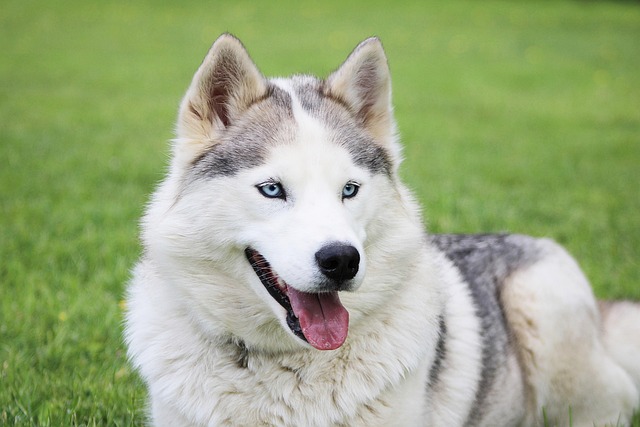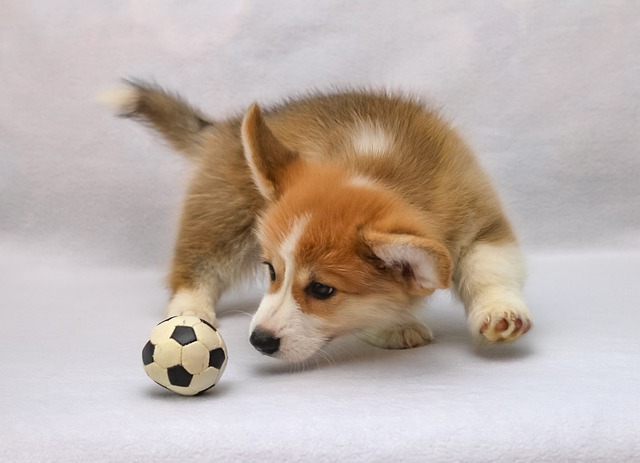You know that moment when your usually energetic pup hesitates before jumping onto the couch? That slight hesitation could be the first whisper of a pulled front leg muscle. Unlike dramatic injuries that announce themselves with yelps and obvious limps, front leg muscle strains in dogs often begin as subtle behavioral shifts that even experienced owners might miss.
Watch for those small changes in movement patterns first. Your dog might start taking shorter strides with the affected leg or avoid putting full weight on it when standing still. Some dogs develop an almost imperceptible head bob when walking - their head lifts slightly as the sore leg touches the ground. Others begin sitting with the injured leg extended rather than tucked normally beneath them. These quiet adaptations often appear before any visible swelling or overt lameness.
The real telltale signs emerge during everyday activities. Your once enthusiastic fetch player might chase the ball but hesitate to pick it up, or your stair-climbing companion may pause midway up. Some dogs start favoring one side when sniffing the ground or show reluctance to stretch forward for treats. These aren't acts of canine stubbornness - they're clever adaptations to avoid pain.
When examining your dog at home, pay attention to how they react to gentle touches along the front leg muscles. A healthy dog typically remains relaxed during handling, while one with a muscle strain might tense up, lick their lips nervously, or even turn their head toward your hand. Run your fingers slowly from shoulder to paw, feeling for unusual warmth or localized swelling that could indicate injury.
Certain situations demand professional attention. If your dog suddenly can't bear any weight on the leg, shows pronounced swelling, or exhibits signs of distress like excessive panting or whining, it's time for the vet. Likewise, any injury accompanied by visible deformity or wounds requires immediate care. For subtler cases, if the limping persists beyond 48 hours of rest or seems to worsen, schedule an examination.
Treatment typically begins with the canine version of RICE - rest, ice, compression, and elevation. But here's where dogs differ from humans: that "rest" part proves challenging for many energetic breeds. Creating a quiet recovery space with limited movement becomes crucial. Your vet might recommend short leash walks only for bathroom breaks and prescribe anti-inflammatory medications to reduce pain and swelling.
Prevention focuses on building resilient muscles through proper conditioning. Just as athletes warm up, consider starting vigorous play sessions with a few minutes of gentle walking. Pay attention to surfaces - repeated hard stops on slick floors can strain front leg muscles. For sport dogs or highly active pets, targeted strengthening exercises can help prevent future injuries. And always watch for those early signs - catching a muscle pull quickly makes all the difference in recovery time.





